
Ethiopia-Eritrea conflict, 20 years on: Brothers still at war
The result was a bloody and senseless WWI-style trench warfare in which tens of thousands of soldiers run into machine guns, tanks and artillery fire in waves. The war left an estimated 100,000 dead and more than a milliondisplaced.
The war also had a devastating effect on the social fabric and the economy of the two countries. Both countries resorted to nationalist framings of identity, territory, and shared history, precipitating conflicting narratives. Both countries diverted scarce resources from vital public services and developmental endeavours into weapons procurement.
At the height of the war, Ethiopiaincreased the total size of its army from 60,000 to 350,000 and increased its defence expenditure from $95m in 1997/98 to $777m in 1999/2000. Overall, the cost of the war forEthiopia was nearly $3bn.
In the meantime, the size of Eritrea's army increased to 300,000 (almost 10 percent of the population) through National Service Conscription following the outbreak of the war, and the government has been using the intractable stalemate between the two countries as a justification not to demobilise the unsustainably high number of troops for a small nation like Eritrea.
Conflicting interests, hegemonic aspirations
The outbreak of the war between the two countries was universally described as astonishing and bewildering. Scholars and commentators across the world, exasperated by the senselessness of the conflict over an imaginary line that runs through the craggy piece of land, offered various explanations ranging from Eritrea's economic woes to the divergent ideologies between the leadership of the two countries and Ethiopia's desire to regain access to the sea.
What is clear, however, is that the border dispute that was presented as the official reason behind the outbreak of the war was simply a mask for other much deeper and complex problems and hegemonic aspirations.
Although officially an armed conflict between two sovereign nations, the Ethiopian-Eritrean War was largely viewed as a conflict between the ruling elites belonging to Peoples' Front for Democracy and Justice (PFDJ) and the Tigray Peoples Liberation Front (TPLF), the two political movements which dominated the politics of the two countries at the time. At most, it is a conflict between the Tigrinya speaking people of the Eritrean highlands, and the Tigrayans of Ethiopia. As Gerbru Asrat, former Politburo member of the TPLFobserved, "only Tigray, not the whole of Ethiopia, is Eritrea's target."
Though the underlying political and economic differences were far from being insurmountable, the animosity, rage, scorn and bitterness between these two movements and their leadership made a political resolution impossible.
The Algiers Agreement
After the fall of Badme to Ethiopia, the series of international mediation efforts within the Organization of African Unity and other multilateral organisations culminated in the adoption by the two countries of theAlgiers Peace Agreement. In June of 2000, the two countries agreed to "permanently terminate military hostilities" and establish a "neutral Boundary Commission" that will have full authority to delimit and demarcate the boundaries. The peace treaty, which was also signed by the United States, the European Union, the African Union, and the United Nations, as guarantors, authorised the Commission to issue a "final and binding" decision. In April 2002, the Boundary Commission rendered itsdecision, ruling that the flashpoint town of Badme is part of Eritrea. Ethiopia refused to comply with the decision, setting the stage for a stalemate that still reverberates across the Horn of Africa.
Intractable predicament
The political stalemate that ensued from the war and stubbornly persisted for two decades proved to be exclusivist and alienating. The conflict shattered family lives of millions of people on both sides of the border. It deprived landlocked Ethiopia of access to Eritrean ports. It cut off Eritrea from access to the largest market in the region. Both countries diverted massive resources from their already meagre budgets for military activity and still have thousands of troops manning their borders. In pursuit of their respective interests, the two countries engaged in hostile activities against one another, making a rapprochement even more difficult.
The dispute between the two countries has also been a vital factor of intractability for the Horn of Africa region. In 2006, Ethiopia sent troops to Somalia to fight the Islamic Courts Union. Although Ethiopia's targets were Eritrean advisors in Mogadishu and Ethiopia's concern about the long-term consequences of Eritrean influence in Somali politics, Ethiopiaannounced the war as part of the "global war on terror" to garner US financial and diplomatic support. The US fell for the ruse and became a key sponsor of Ethiopia's mission.



 0
0 
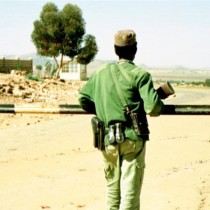

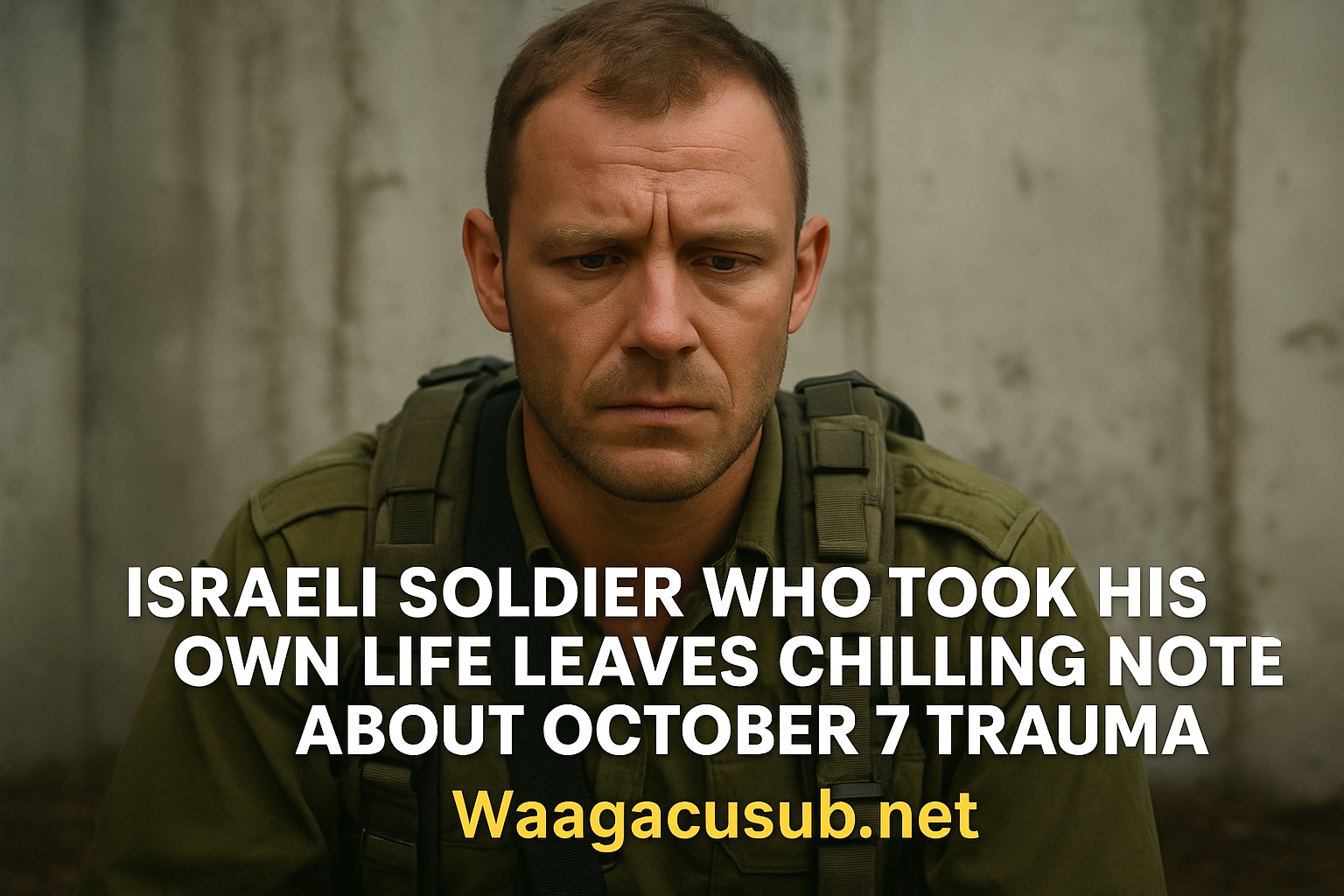
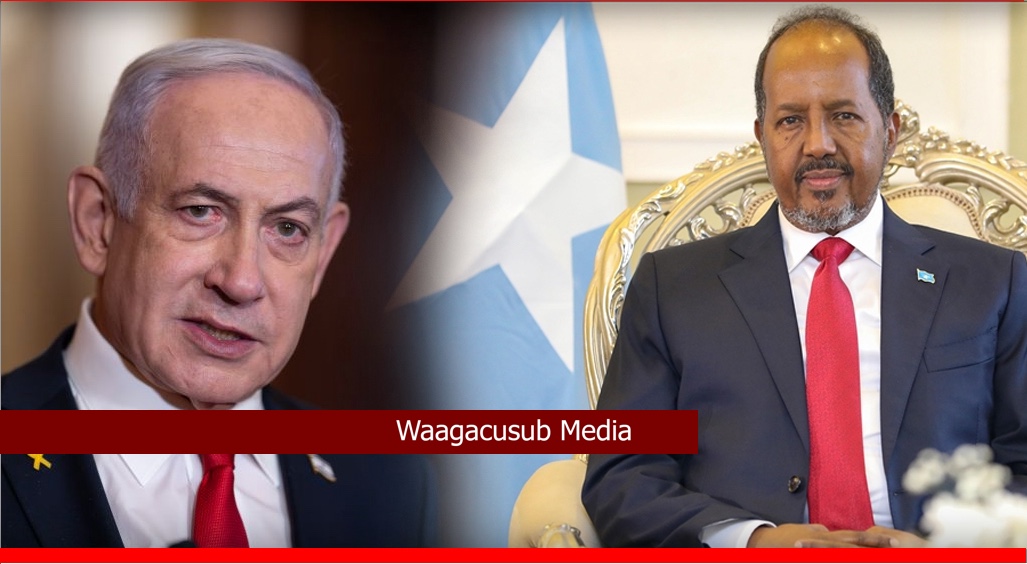

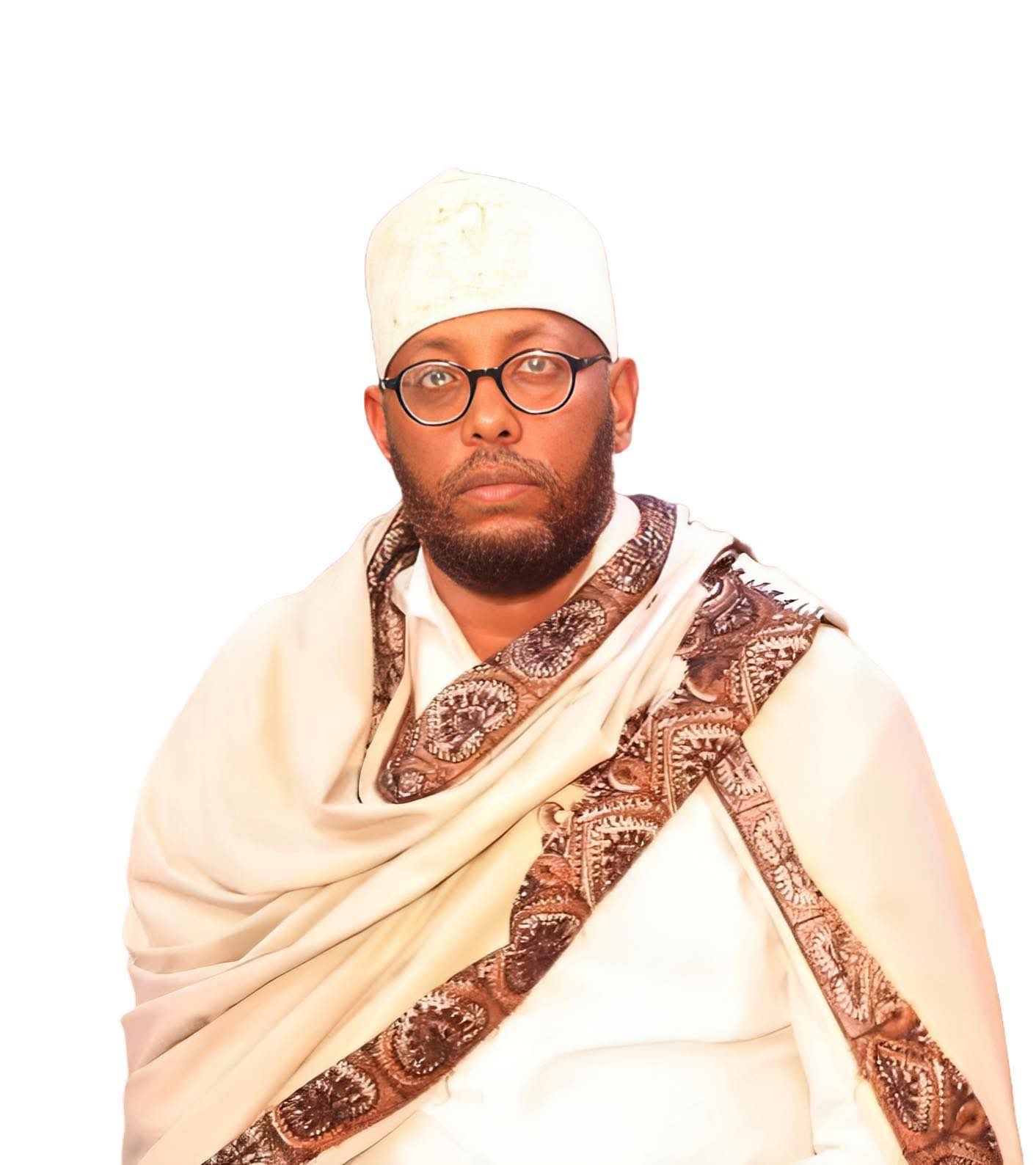
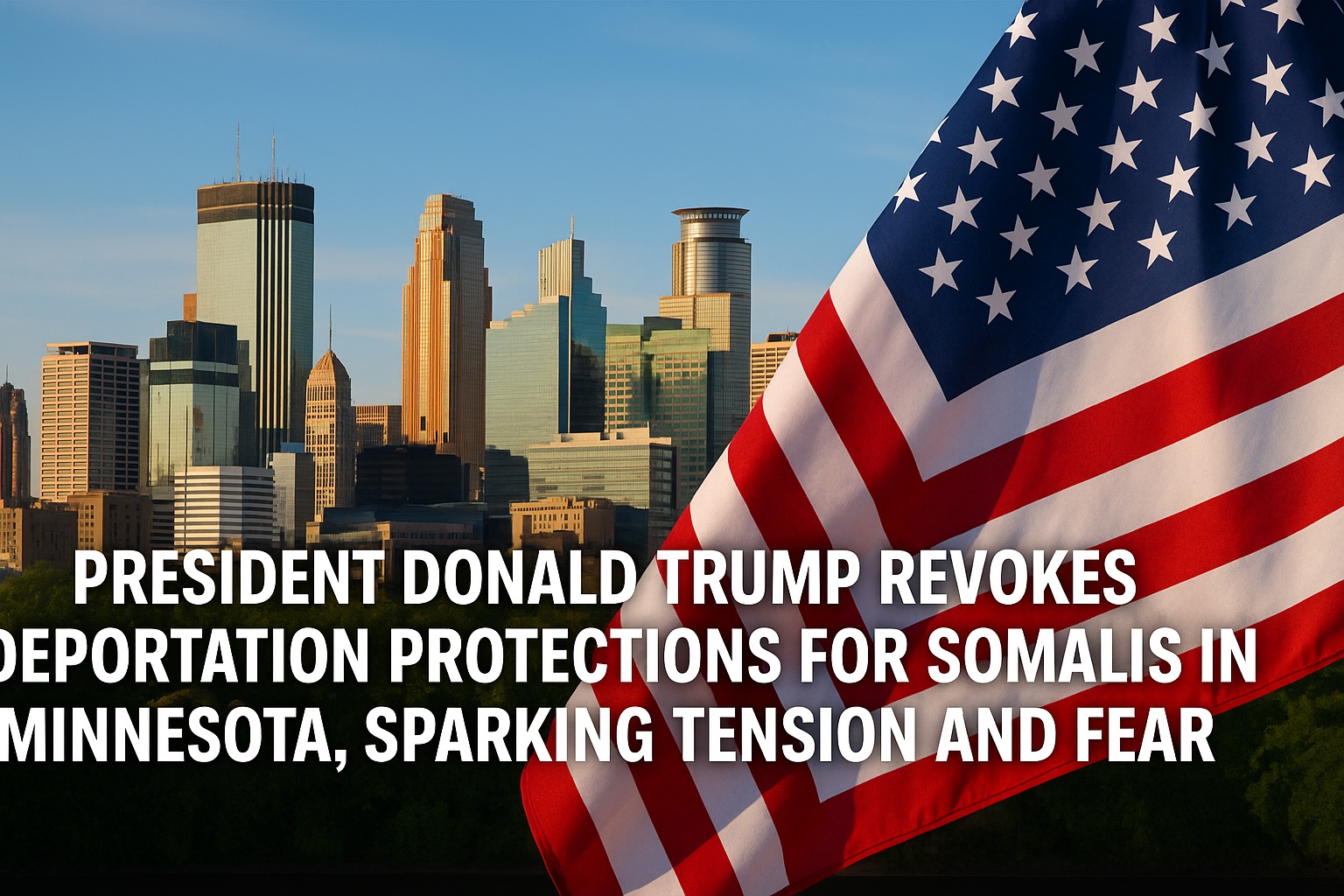
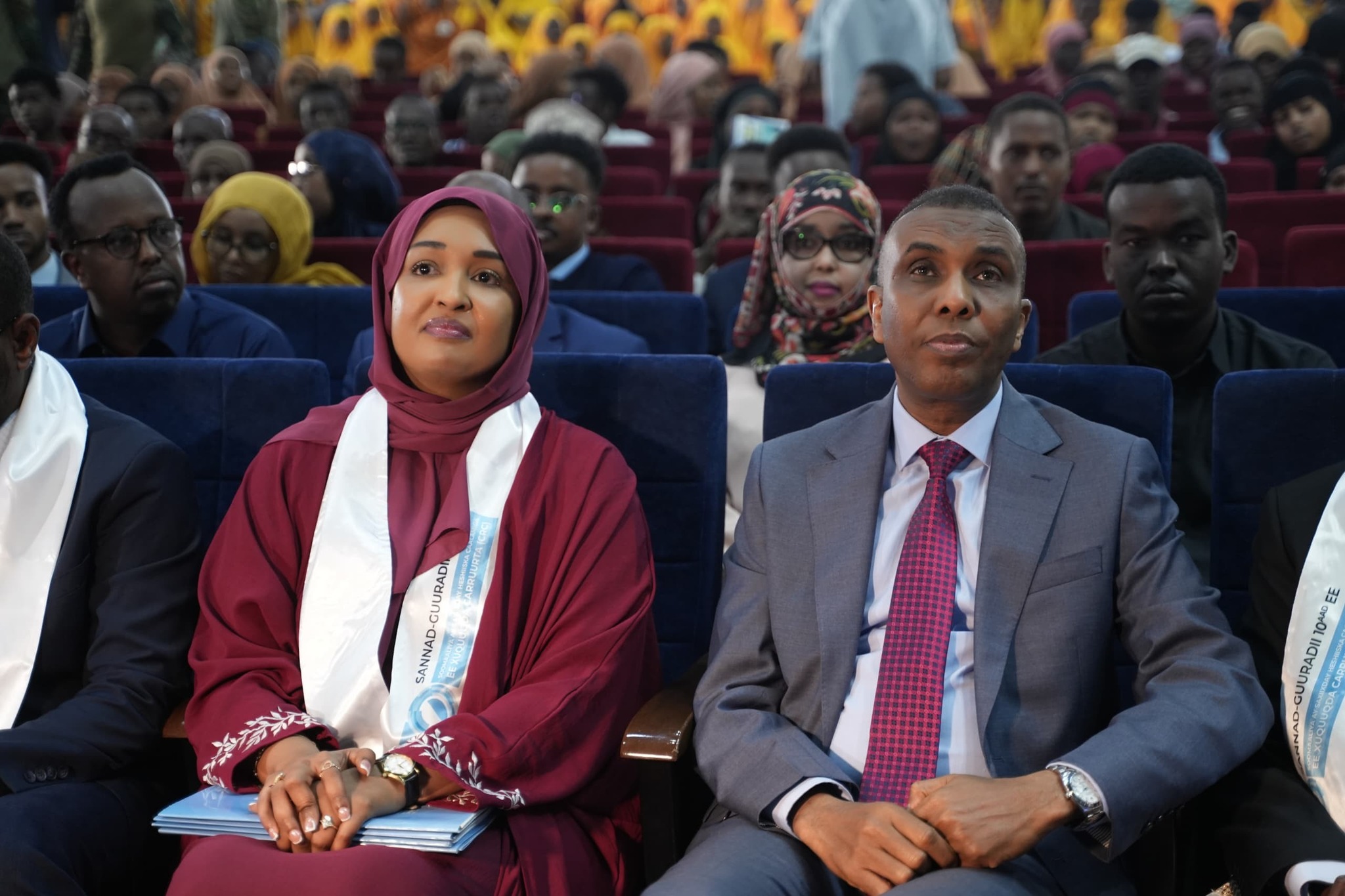
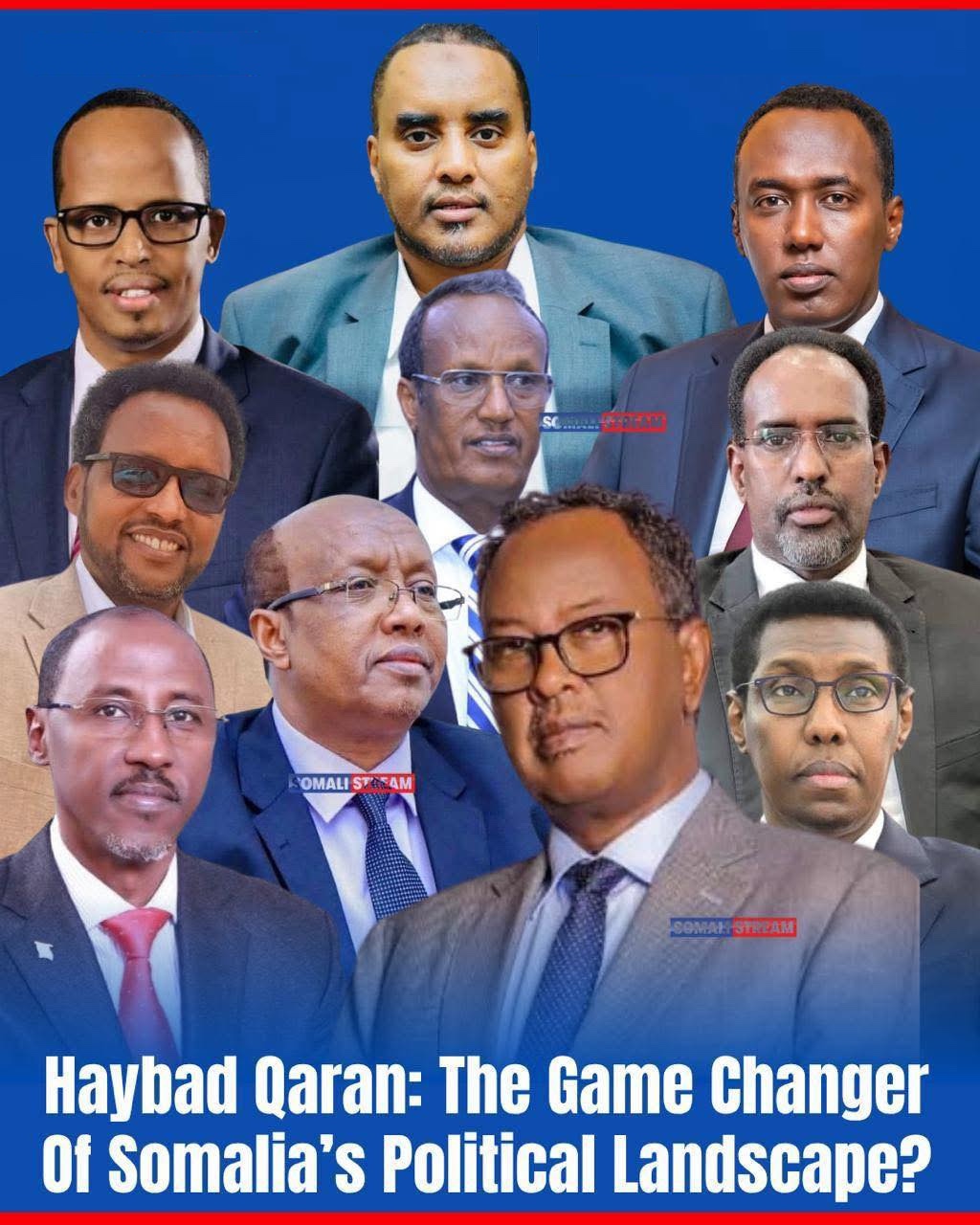

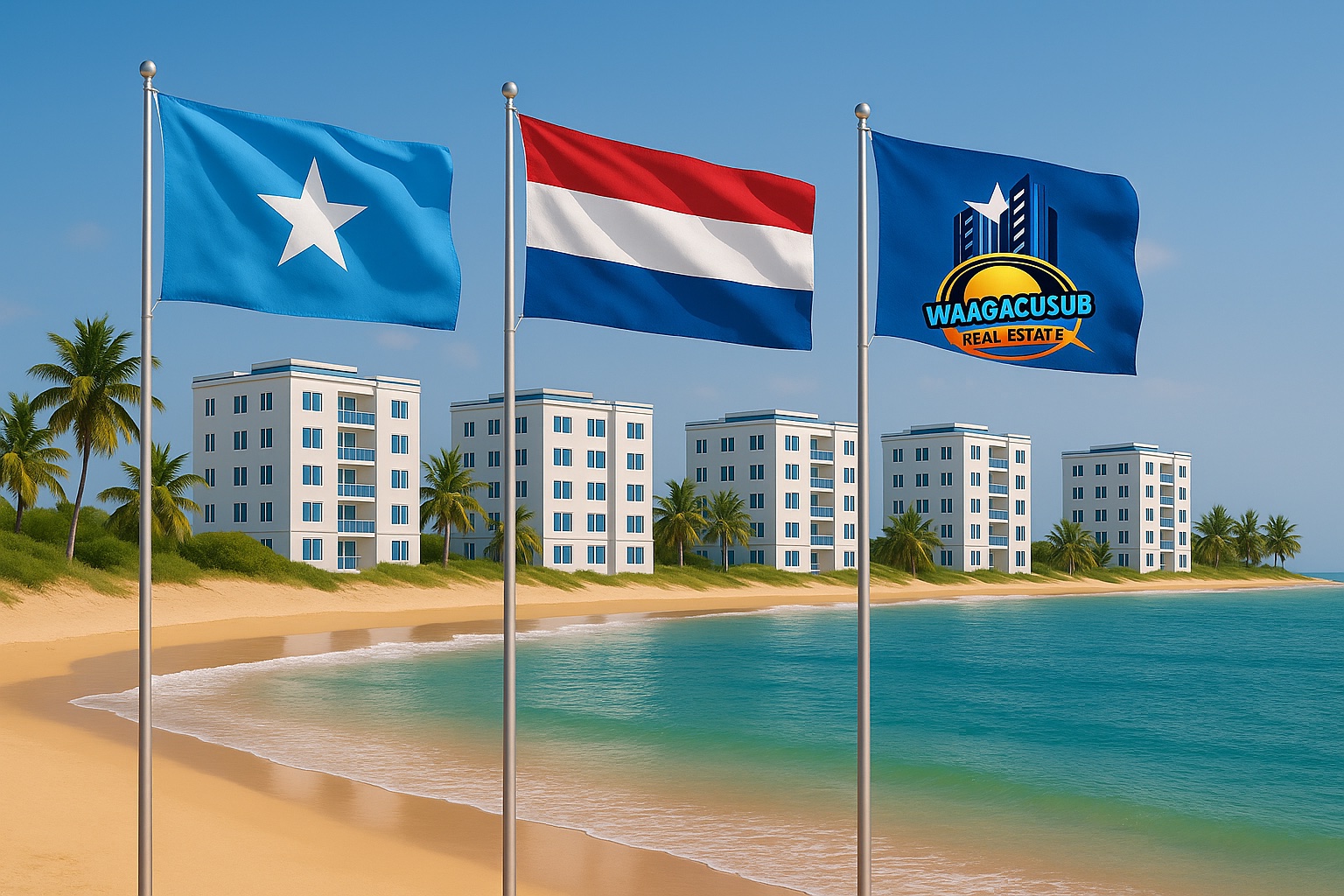
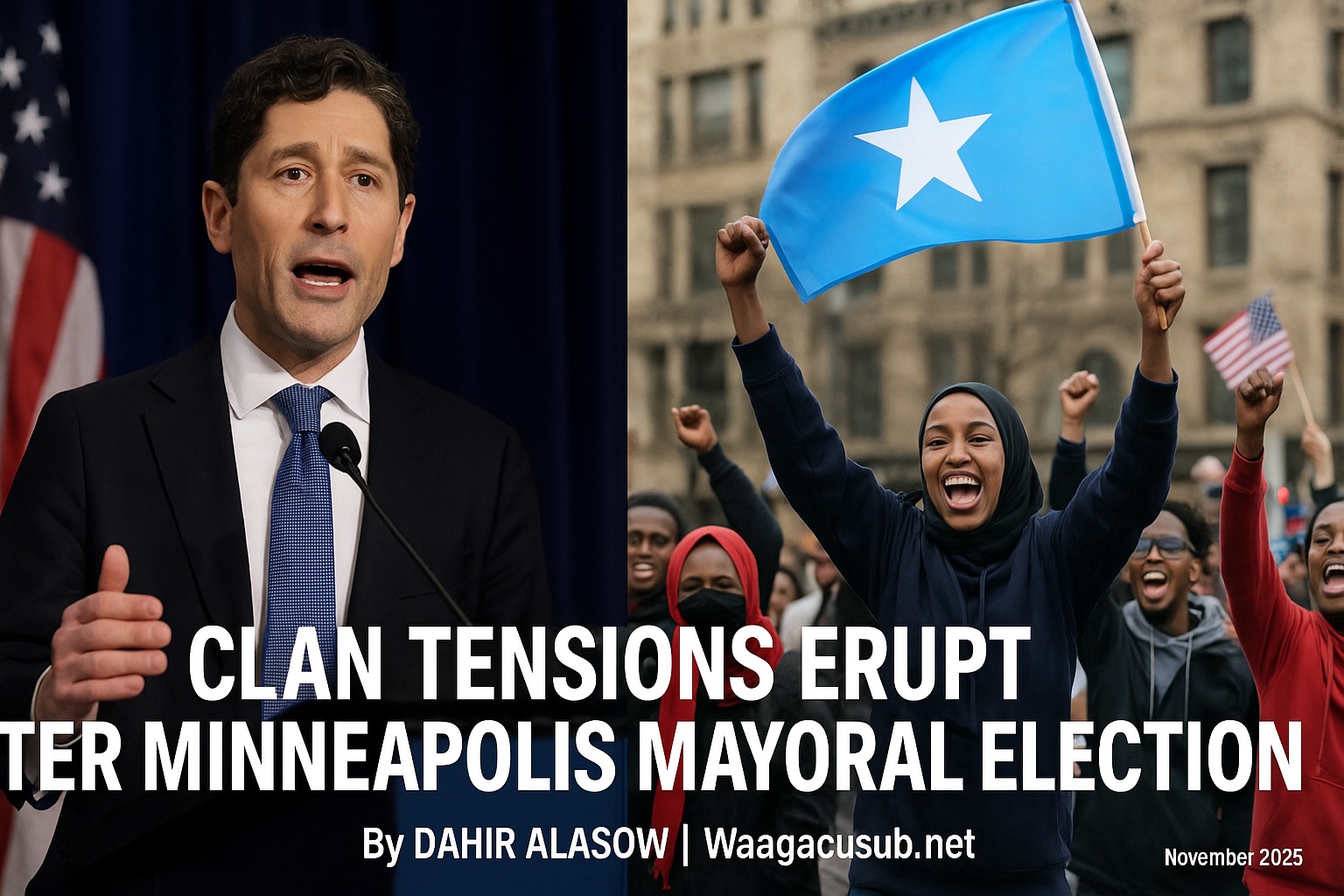


Ethiopia-Eritrea conflict, 20 years on: Brothers still at war
Ethiopia-Eritrea conflict, 20 years on: Brothers still at war